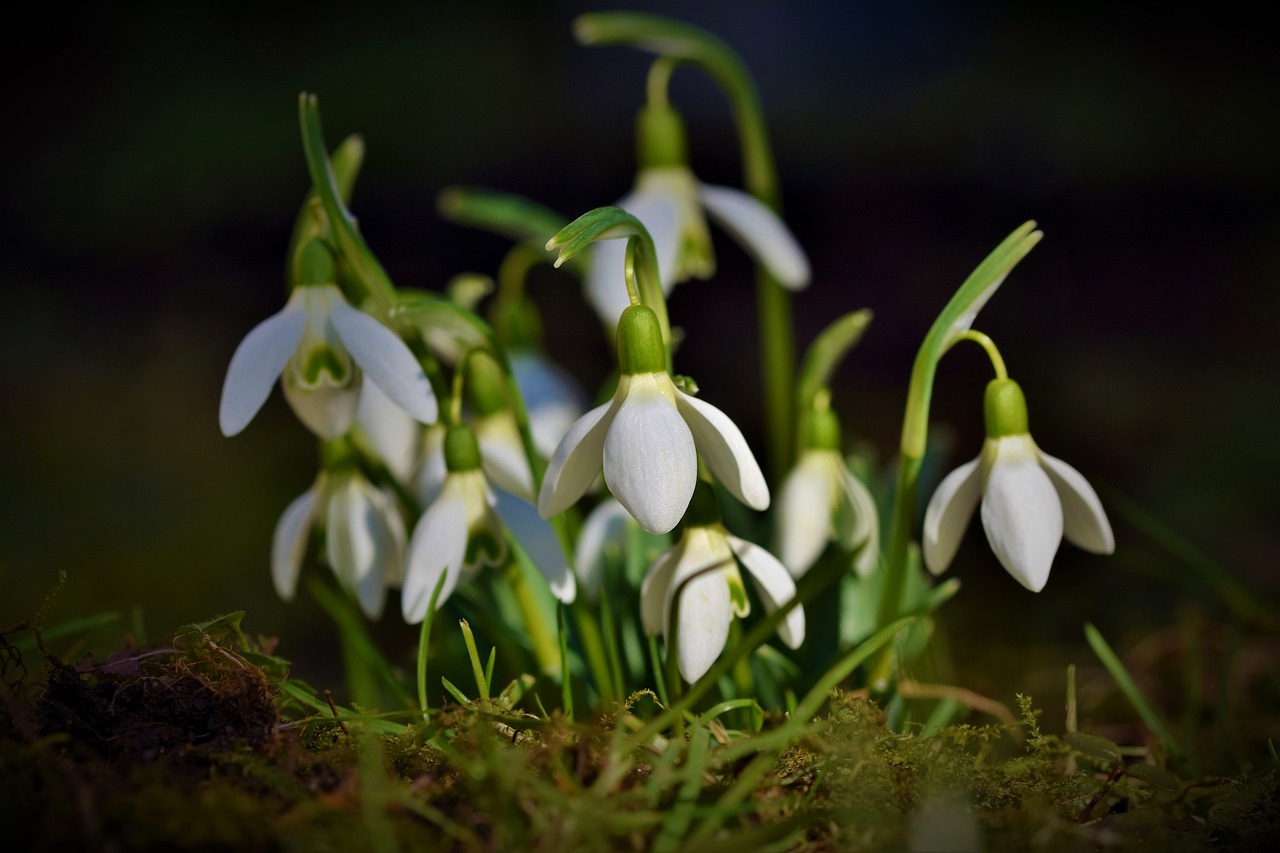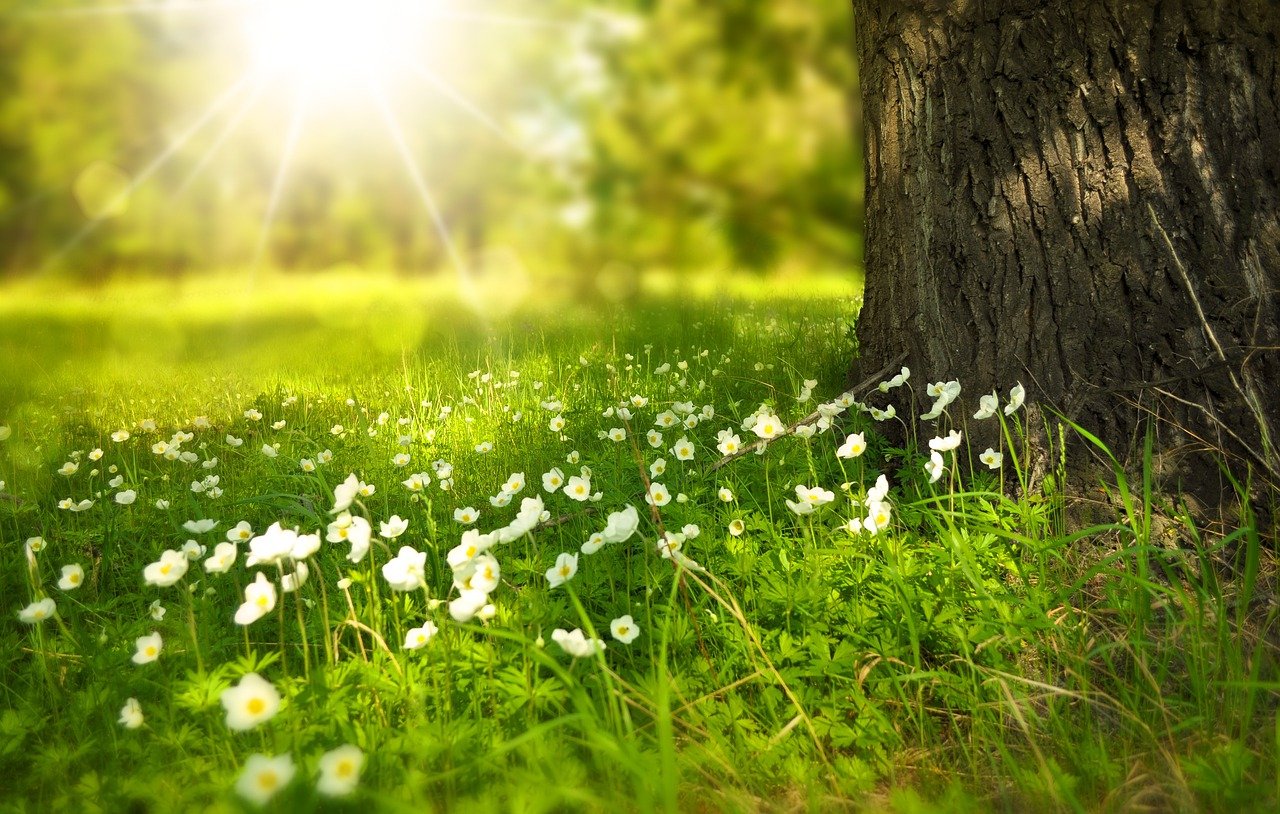Bee Protection – Learn How to Keep Bees at Home
There’s an old saying that says “if you ask 100 beekeepers the same question you will get 101 different answers.” Beekeeping is a wonderfully rewarding hobby that takes time and experience to really get down to a science.
Aside from the pollination that’s sorely needed today, beekeeping is a great at-home hobby that can generate nutritious, all-natural honey for sale or use in your household. Natural honey has a wide variety of uses for health, beauty, and cooking! However, what works for another beekeeper may not always be the best option for your setup.
These tips will help you to get your foot in the door, and from there you can hone your skills as you gain more experience.
Start by Learning about Bees

Before you even think about keeping honey bees, you should spend some time researching them thoroughly. The best beekeepers aren’t just experts in beekeeping – they’re experts in bees. Once you’re well-versed in the many fascinating facets of these complex insects, you will be equipped to provide a better environment for them to live and create honey.
Here are some of the topics you should learn about:
- Behavior
- Three different castes
- Lifecycles
- Living environments
- Origins
- Communication
- How and why they make honey
- Feeding habits
Understanding how bees behave in the wild will help you to make informed decisions so you can provide a happy and healthy life for your hive. Doing this preliminary research will also help you to gain a better perspective on what to expect. Beekeeping isn’t for everyone, so make sure you know what you’re getting into before you spend your money and time.
Talk to Other Beekeepers
The absolute best way to make sure you’re starting off on the right foot is to speak with other beekeepers, and, ideally, check out their setups. Of course, depending on where you live, finding a local beekeeper willing to show you the ropes can be tough. However, there are plenty of online communities with people who would be happy to answer your questions.
Watch beekeeping videos online, join relevant forums, and don’t be afraid to reach out to more experienced beekeepers. Once you’ve seen how a typical operation is run, you’ll be able to A) decide if beekeeping is right for you, and B) figure out the best approach to beekeeping at your specific home.
Invest In Quality Equipment

If you’re going to keep bees, make sure you do it right. It may be tempting to use cheap, used gear, but this isn’t the type of hobby to skimp on equipment. Unless you’re buying from a trusted, reputable source, you’re better off purchasing brand new beekeeping equipment that you know is going to meet your requirements.
Here is a list of the essential equipment you’re going to need to get started at home:
Bee Hive Frames
Frames are the structures that the honey bees use to build honeycombs, which the bees use to store pollen, eggs, and/or nectar. Frames are traditionally made from wood, but there are plastic options available as well. Depending on your approach, a typical hive will have nine or ten frames.
Bee Hive Bodies and Covers
The bodies are the boxes where the bees live and make honey. Most hives use a combination of shallow, medium, and/or deep bodies. For example, a home hive might use two deep bodies as living quarters, and mediums or shallows for the honey collectors (called ‘honey supers’). The size you select will be based on the overall size of your hive.
The covers are, as the name implies, the coverings for your hive to protect it from the elements. You will need an inner cover (typically wood) and an outside cover that’s made of some sort of weatherproof material.
Hive Bottom Boards
Bottom boards are, well, the boards on the bottom. You can choose from solid or screened boards, or you can use boards with entrance reducers, depending on your needs.
Protective Gear & Equipment For Beekeeping
It’s absolutely critical that you invest in high-quality, reliable gear for bee protection. While honey bees aren’t as aggressive as wasps or hornets, they do still have the ability to sting when provoked. Experienced beekeepers tend to have their own opinions on what types of protection are necessary, but as a beginner, you should go all out.
Most importantly, you will need a veil, which is the netting that protects your head and face. You should also invest in coveralls, long leather gloves, a jacket, and rubber boots. Eventually, you may feel comfortable removing certain items. However, in the early stages, you can never be too careful while you’re still learning.
Hive Tool
This device is primarily used for separating the frames from bodies, although it can be quite useful for other purposes too.
Uncapping Knife
Bees deposit a coating of wax over honey to protect it from moisture. Before collecting honey, you will need to use an uncapping knife to remove the layer of wax. You can use a knife that plugs in and heats up, or simply dip a long, flat knife in hot water. Either way, the goal is to melt the wax for easier removal.
Bee Smoker
If your bees start to get unruly, a quick puff of smoke will calm them down. Smokers are notoriously fussy, so make sure you spend some time practicing with it beforehand. The fuel you use in your smoker also makes a significant difference, and it’s another point of contention among beekeepers. Pine shavings are an excellent starting point, and they’re readily available in pet stores as shavings for hamster cages.
Pro tip: Used card or paper egg cartons make excellent smoker fuel!
Bee Brush
Sometimes you will need to gently brush bees away. For example, if there’s a cluster of bees on the edge of your hive and you need to reach into it, you can brush them off. You can buy a bee brush, or some beekeepers prefer to use stiff feathers.
Feeding Equipment
During the spring and autumn, it’s common for beekeepers to provide a sugar and water mixture as supplementary feeding. The sugar to water ratio will vary depending on the season, so do some research before you start feeding.
Honey Extractor
The extractor is a device that spins frames around, using centrifugal force to remove honey without damaging the honeycombs. An electric extractor can make the job easier, but they tend to be expensive. If you know any local beekeepers, you could consider sharing one. A manual extractor is more affordable, but they require more physical effort. If you’re crafty, you can DIY one (you should find plenty of instructions online).
Honey Containers
When it’s time to harvest your honey, you will need containers to store it. There are plenty of glass or plastic options readily available for order online. You may also want to get some labels so you can mark each batch.
Electric Fence (Optional)
Depending on where you live, you may have some hungry critters interested in the sweetness inside of your hive. An electric fence protects your hard work and your equipment from unwelcome visitors.
Your Bees
Finally, you will need bees! Bees are usually shipped in “packages.” A typical package is roughly the size and shape of a shoebox, but it’s made out of wood with screened sides. A package usually weighs around three pounds, and it contains around 10,000 bees and a mated queen.
As a beginner, it’s best to start off with Italian bees. They’re the standard in the United States, and they’re readily available and easy to handle. Additionally, using the most common type of bee opens up the most possibilities for resources if you need assistance.
Get the Timing Right

When you start your colony makes a huge difference in its overall success. If you start too early, the bees will not be able to find food or get warm. If you start too late, the bees won’t have enough time to accrue enough nectar to make enough honey for the winter. You need to find that sweet spot right between. Your best bet is to talk to local beekeepers, or if none are available, research ideal starting times for your area online.
Avoid Experimentation
At first, it’s best to just stick with the basics. Once you’re confident in your knowledge and experience, you can start experimenting. It may be tempting to make changes based on your instincts, but try to follow the tried and true formula in the beginning. Of course, the rules of beekeeping are loosely defined, so sometimes you will need to make a judgment call.
Think about Starting with Two Hives
Starting off with two hives may seem like a daunting prospect for beginners, but a dual hive can actually be beneficial. First, you can make subtle changes to one of them, and then compare the results. Second, if one of your hives is compromised for some reason, you will still have another one to work with. Third, if one hive is lacking resources, you will have more available. For instance, if one hive doesn’t have a queen or eggs, you can borrow from your other hive.
Two hives can be more work, but you can also start with two smaller hives instead of one larger one. There’s a strong chance that you might make some mistakes in the beginning, and having two hives to try out different methods can really help you out in the long run.
Watch for Pests

It’s important that you monitor your hives regularly for any changes or abnormalities. Two of the biggest problems that you can run into are diseases and pests. Here are some of the common conditions that can devastate your hive:
- Varroa mites
- Acarine mites
- Nosema disease
- Small hive beetles
- Wax moths
- American foulbrood
- European foulbrood
- Chalkbrood
- Stonebrood
- Chronic bee paralysis virus
- Acute bee paralysis virus
- Israeli bee paralysis virus
- Kashmir bee virus
- Black queen cell virus
- Cloudy wing virus
- Sacbrood virus
- Deformed wing virus
- Kakugo virus
- Invertebrate iridescent virus type 6
- Tobacco ringspot virus
- Lake Sinai virus
- Dysentery
- Chilled brood
- Pesticide losses
- Colony collapse disorder
If you notice a problem in your hive, there’s a very strong chance it’s one of those problems. Read about each one, and familiarize yourself with the signs and symptoms. As with human disease or infestation, early treatment is the key to successful results.
Chose the Right Spot for Your Hive
Where you place your hive can drastically affect its success (or lack thereof). Depending on where you live and what type of property you have, you may end up having to make do with what you have. Here are the ideal conditions for a home hive:
- The entrance should face east, south, or southeast.
- The hive should receive plenty of sun in the morning and shade in the late afternoon.
- The hive’s northern quadrant should be protected from the winter northern winds.
- There should be enough space for you to walk around the hive comfortably.
- The entrance should not face roads with traffic.
- You will need a water source readily available.
- The hives should be placed over weed-free ground. You may want to use wood chips or mulch
- The hive should be accessible, ideally a short walking distance from your home.
- The hive should be in a secluded enough location to prevent people from accidentally encountering it.
- The hives need to be elevated to prevent moisture from the ground and to make lifting heavy honey supers easier/possible.
Check the Law
Before you even think about getting started, make sure that there are no restrictions in your area. While most locations do allow beekeeping, there are some urban areas where it’s prohibited.
Tell Your Neighbors
The last thing you want is for an unwitting neighbor to stumble upon your hive. Make sure you tell them exactly where your hive is located. Depending on how your home is laid out, you may also want to put up warning signs surrounding your property to prevent anyone from accidentally finding themselves in a potentially dangerous situation.
Recruit a Friend
Beekeeping, like many hobbies, is often more fun with a friend or family member. Not only can you enjoy a fun and rewarding activity together, but you’ll have an extra person to split the work. Lifting full honey supers can get tiring, and having an extra set of hands or two never hurts. Plus, if you get started with a partner, you can split the initial equipment costs.
Use a Camera
When inspecting your hive, it’s easy to get distracted by the buzzing bees all around you. Bring a high-definition camera with you, and take detailed pictures. You can even set up a tripod to film the operation. That way you can go back and examine the photos or watch the video from the comfort of your own home. You may end up seeing some important details that you missed previously.
Use a Smartphone
While you’re suited up and surrounded by bees, it’s not exactly easy to take detailed notes. Download a voice recorder app, and then you can simply take your notes out loud. You can even use a speech-to-text app to convert your words into writing. Of course, if you’re not the smartphone type, there’s nothing wrong with going old-school with a portable voice recorder.
Don’t Over-Inspect

It can be tempting to go look at your bees multiple times per day. The problem is that opening the hive too often releases heat, and it can also stress out the bees. On average, you should perform a thorough inspection every week or so. The inspection should involve opening the hive and making sure the bees have ample space, and then removing each frame to check for diseases, pests, eggs, larva, and capped brood.
Don’t Be Greedy
Once you start seeing that honey production, your inner Winnie the Pooh may want to come out. As a general rule of thumb, you shouldn’t expect to take any honey during the first year. The bees are usually not resilient enough to make it through the winter without their honey reserves, so they probably don’t have any excess for you. If you take even a little bit of honey, you can accidentally starve the hive when the winter months hit.
Use Your Smoker
It’s normal for beekeepers to grow attached to their bees. You may not want to use your smoker, but you absolutely must. Even if you’re 100% positive that bees won’t be able to sting you, aggressive bees will still sting your suit, and this kills them. You can actually do more harm not smoking them. Plus, overly aggressive bees can be a danger to neighbors and other people or animals in the area.
Using your smoker doesn’t harm the bees. It makes them believe that there is a fire, causing them to immediately go gorge on honey so they don’t lose their reserves. The smoke also blocks communication signals that the swarm may use to organize a coordinated attack. When the bees start to get aggressive, give a quick puff or two of smoke.
Keep Learning
The beauty of beekeeping is that it’s an ongoing journey. It’s easy to become complacent and accept your current methods as the new standard. After all, if you’re seeing honey, you must be doing something right, right?
That may be true, but you can also improve. Bees are incredibly fascinating creatures, and there is always going to be more to learn. Why not go all in, and be the absolute best beekeeper you can be?
Be Prepared for Stings
There’s a good chance that you will get stung eventually. If you’re not sure if you’re allergic, visit an allergist before you keep bees. Make sure you always have a fully equipped first aid kit nearby and analysis proper procedures for removing and treating a sting. The first sting can be painful, but experienced beekeepers get used to it. In fact, some beekeepers even start the season by getting stung multiple times on purpose to build a tolerance to the venom.
Don’t Be Discouraged
Sometimes, even the best-laid plans go astray. Even if you do everything right, there may be circumstances and factors beyond your control. If your first hive fails, try again next season. Beekeeping is a learning experience that takes time and experience to truly master. Look at your failures as opportunities to refine your process the next time around.
Have Fun with It
Backyard beekeeping is a hobby, not a job. Sure, you could eventually decide to pursue beekeeping on a professional level, but start small and enjoy yourself. Don’t let beekeeping turn into a chore that stresses you out. Remember why you started in the first place, and cherish those special moments out there in touch with some of nature’s most interesting insects.






